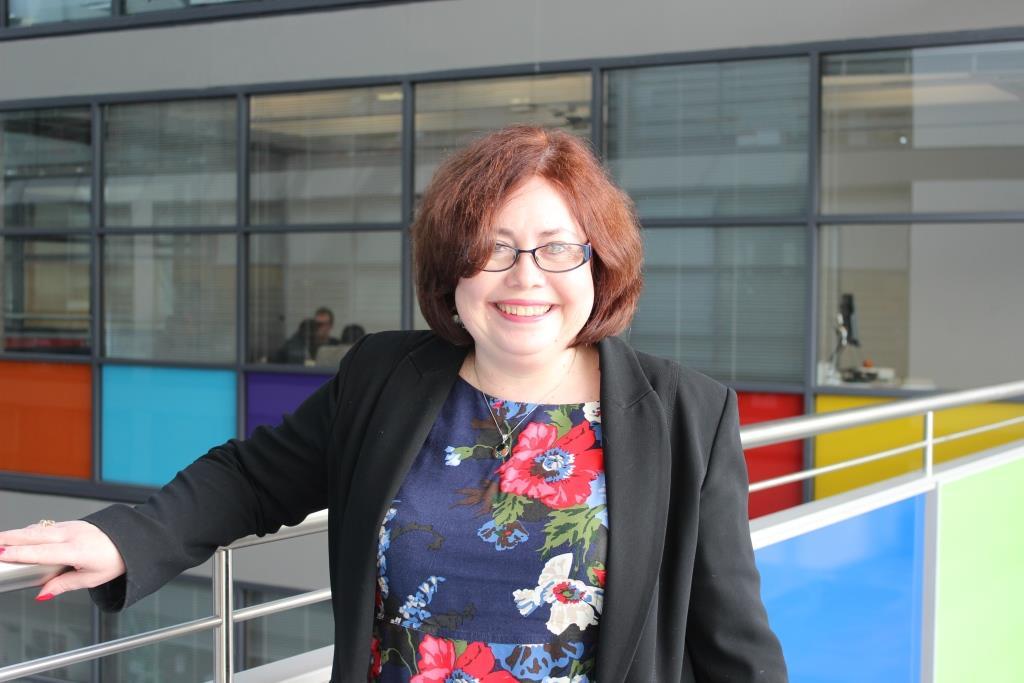When the twin towers fell on 9/11, social media had not yet become a worldwide phenomenon. Those searching for family members or friends in the rubble had to pin hastily photocopied posters bearing a photograph and appeals for further information on lamp posts or in local shop windows.
The first global disaster to be mediated through the Internet by those on the spot was the Boxing Day tsunami in 2004. ‘Citizen journalists’ were the only ones on the scene, many of them enjoying Christmas vacations, and it was their footage of the tsunami and its aftermaths that we saw on the television news that evening. Videos shot on mobile phones and uploaded to sites such as YouTube became eye-witness reports of scenes that shocked the world.
These days, for many of us, reports on social media such as Twitter and Facebook are the first indication of a new atrocity or disaster somewhere in the world. And we do more than read news reports, we also participate through our use of social media.
As soon as the latest horrors from Nice were reported, Facebook activated its safety check, which allows those close to the site of a natural disaster or terrorist attack to let their friends on the network know that they are safe. In the last few weeks this facility has also been activated for the attacks at the night club in Orlando and Ataturk airport.
Hashtags showing solidarity with Nice and France began to circulate again – #prayfornice, #nice06, as well as the hashtag that first made an appearance during the Paris attacks last year, #porteouverte. ‘Doors open’ offers the opportunity of shelter for those near the epicentre of the attacks.
At the same time news media such as the BBC and newspapers use their own social media to ask for contributions from people at the scene. “Were you there?” “Do you have footage you can share?”
Occasionally the prompts also contain the words “only if it is safe to do so”. Such information sharing can raise problems for the authorities. Some years ago, the use of social media to share information about wildfires in the United States also identified hastily abandoned homes to potential thieves. The sharing of eye-witness material online may compromise police operations as they search for suspects. It is no longer easy to impose a news blackout when information is so easily shared on social media.
The statements of support from world politicians are shared on social media – but so too are the celebrations of terrorist groups praising the latest attack. We turn our Facebook profiles blue, white and red again in solidarity with France, although perhaps some of us will note uncomfortably the more limited response to the Ataturk airport attack earlier this month.
It is a truism that social media has changed the way we live, but perhaps it is during events such as disasters and terrorist attacks in particular that we see how profound such changes are – and yet also how limited.
We can receive up-to-the-second updates of events, can offer aid and assistance to those affected, and check on the safety of loved ones though social media. However, much of what we then do might be described as ‘gesture politics’. The sharing of a hashtag, the changing of the colour of a photograph.
Nonetheless, the response of people on the street – whether in real or virtual life – is important at times like these. We know that both politicians and terrorists take the temperature of public opinion through social media, we also know that it is cathartic to share our feelings of anger and grief online.
Instead of stumbling the New York streets pinning up photocopied posters, friends and families of victims now use modern technology to ask for information and assistance. Much has changed since 9/11, and very little.
